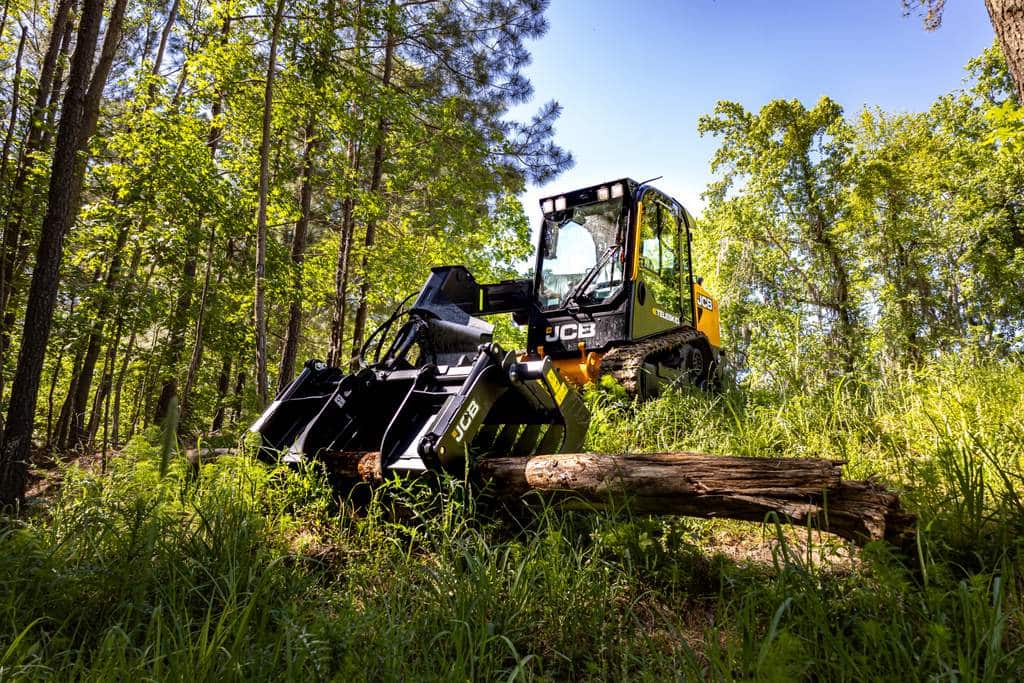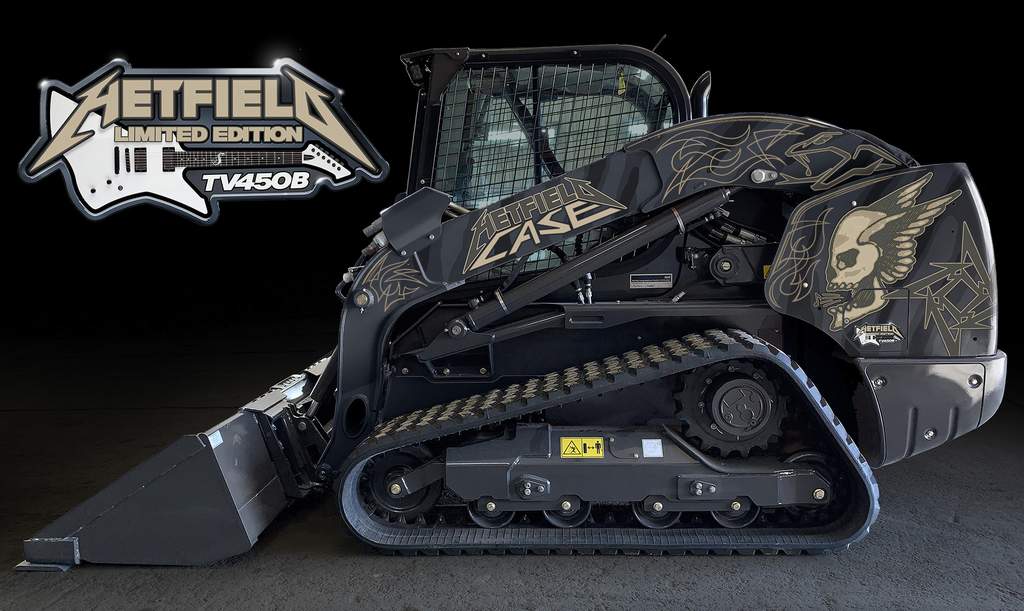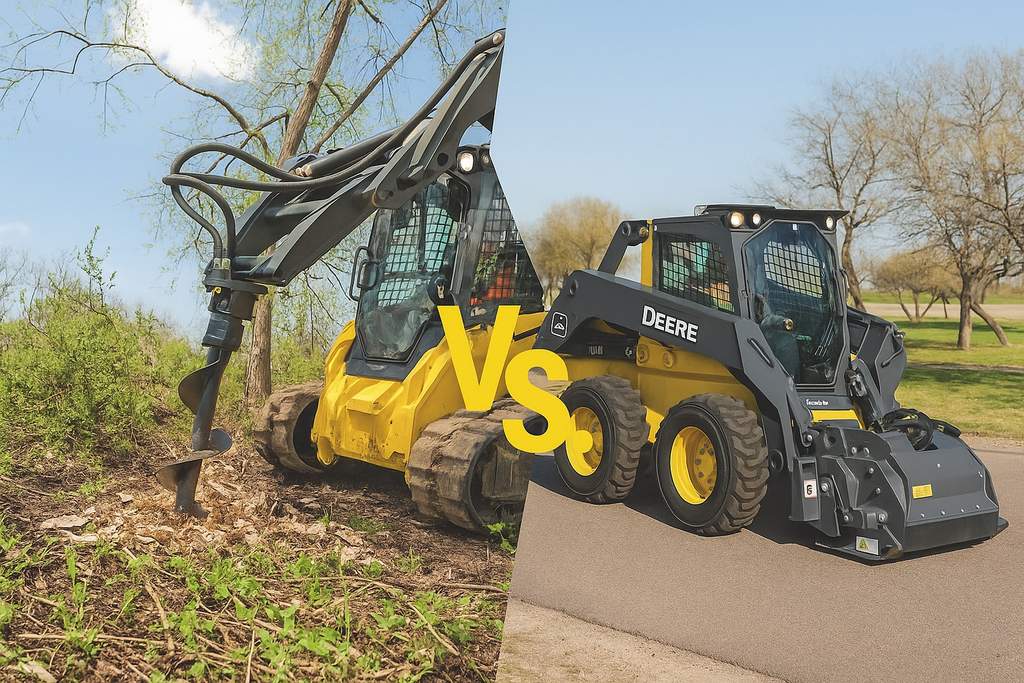Case Track Loaders — 2016 Spec Guide
Four Track Loaders Engineered from the Ground Up
The Case compact track loader lineup — manufactured in Wichita, Kan. — includes four models: the TR270 (radial), TR310 (radial), TR340 (radial) and TV380 (vertical). Case currently offers a limited-time, three-year, 3,000-hour complete factory warranty on its entire line of compact track loaders (CTLs).
The newest models, the TR340 and TV380, represent an overhaul of Case’s large-frame CTL lineup. Both the TR340 and the TV380 were the industry’s first CTLs with selective catalytic reduction (SCR) technology. SCR is an after-treatment system that lowers exhaust temperatures and does not use fuel to burn off particulate matter. According to Case, the new models feature best-in-class torque, breakout force and standard auxiliary hydraulic flow, as well as one of the industry’s widest cabs with 360-degree visibility. The TR340 weighs 10,000 lbs with a rated operating capacity (ROC) of 3,400 lbs and a bucket breakout force of 8,700 lbs. The TV380 weighs 10,550 lbs, provides 8,776 lbs of bucket breakout force and an ROC of 3,800 lbs. Both machines are rated at 90 gross hp, produce 282 ft-lbs of torque and feature increased hydraulic flow rates (standard — 24.2 gpm; high-flow — 37.6 gpm).
The TR310 and TR340 are new models designed to fit the operating capacity demands of CTL buyers in North America. The TR310 features wider tracks (15.75 in.) and lower ground pressure (5 psi) than other medium-frame CTLs. According to Case, these features provide greater power, stability and flotation for owners/operators who need that performance without upgrading to a large-frame machine. The TR310 weighs in at 8,800 lbs with a ROC of 3,100 lbs and a bucket breakout force of 8,680 lbs. It meets Tier 4 Final emissions regulations through a particulate matter catalyst. This requires no diesel particulate filter (DPF) maintenance or replacement, DPF regeneration or fluids to add.
All Case Alpha Series CTLs feature dozer-style undercarriages designed for stability on steep slopes and performance in muddy and sandy terrain. The rigid track frame features fewer moving parts than suspension track systems, making it more durable and easier to maintain. The cab-forward design, along with the industry’s lowest entry threshold and sloped rear hood, provides visibility with excellent site lines, says Case. Ultra-narrow wire side screens, side lighting and a skylight further improve visibility.
Easy access to the engine, filters and fill points simplifies maintenance on Case CTLs, with all daily service points and filters located at the rear of the machine for quick access. Easy-tilt cabs provide convenient entry to the drivetrain compartment, and hydraulic quick-couplers allow operators to quickly change attachments from the comfort of the cab. Connect under pressure (CUP) manifolds require no tools to connect or disconnect hydraulic lines.
Advice to Buyers
“Compact track loaders continue to grab market volume from skid steers, but we still see some confusion in the industry around which type of machine is best suited for which type of underfoot conditions,” says George Mac Intyre, global product portfolio manager, light equipment at Case. “CTLs are great in most applications, but remember that excessive operation on paved/improved surfaces can accelerate wear on the undercarriage and rubber tracks. If you operate mostly on pavement, concrete or otherwise rocky surfaces, a skid steer may be your best option.”






Comments are closed here.